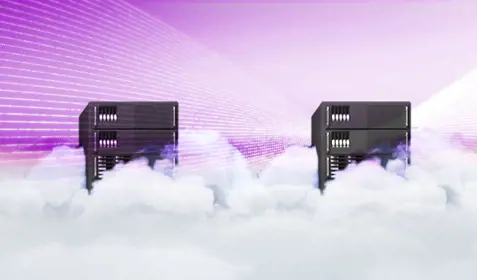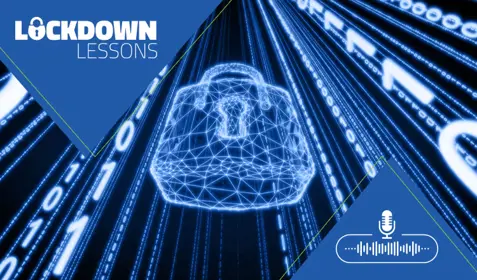Many organizations mistakenly believe that file sync and share (FSS) is a substitute for endpoint backup because both create a secondary copy of files. However, relying on FSS for backup can result in data loss.
Here’s why: If a file is deleted or corrupted, FSS automatically syncs that change with the secondary copy. In other words, data is instantly deleted or corrupted on both sides. That’s because FSS is designed to give multiple users access to the newest version of a file. FSS tools are designed to facilitate mobile access to data and collaboration.
Let’s take a look at some of the similarities and differences between typical FSS tools and Carbonite Endpoint backup, so you can better understand why you need both backup and file sync and share.
|
Feature |
FSS |
Carbonite Endpoint |
|
Anywhere access to files |
Yes |
Yes |
|
Permission-based sharing |
Yes |
No |
|
Collaboration |
Yes |
No |
|
File restore |
Yes |
Yes |
|
File versioning |
Limited or no |
Yes |
|
Full system restore |
No |
Yes |
|
Customizable retention policy |
No |
Yes |
|
Archiving/Compliance |
No |
Yes |
|
Legal hold |
No |
Yes |
|
Location tracking/remote wipe/poison pill |
Limited or no |
Yes |
|
Encryption in-flight and at-rest |
No |
Yes |
As you can see, FSS tools are designed to increase productivity, enable mobility, and ease collaboration among employees. Backup, on the other hand, is designed protect and store data, create a record of changes to files, and enable fast restores.
That’s why many organizations use file sync and share as well as endpoint backup tools. To learn more about endpoint protection, visit the Carbonite Endpoint section of our website.










